World Space Week, inaugurated in 1999 by the United Nations, and Observe the Moon Night, launched by NASA in 2009 to celebrate its return to moon exploration, are public engagement programs intended to increase awareness of space exploration and science. Both organizations, however, have taken the short view of the history of space exploration. The beginning of World Space Week commemorates the launch of Sputnik 1, the first human-made earth satellite, on October 4, 1957, which is described as “opening the way for space exploration.” NASA also dates the "Dawn of the Space Age" to the late 1950s, when a series of unsuccessful attempts by the USA and the USSR to orbit, impact, or carry out a "fly-by" of the moon culminated in a Soviet Union fly-by on January 2, 1959 - listed as a partial success because the goal was impact.
At moonrise, 11:48am, the men aimed their antenna at the horizon and started transmitting. Their first few tries were unsuccessful, but at 11:58am, the moon began answering - tentatively, then definitively. The conversation continued until 12:09pm, when the moon moved out of radar range. On the following three days, and on eight additional days during the month, two-way communication resumed: Signals were sent, and around 2.5 seconds later, the time it took to make the 800,000km round trip, the moon reflected back the greeting from Planet Earth.
A practical result of the birth of radar astronomy was that measuring the distance to and velocity of a heavenly body or a spacecraft became so accurate that over thirty years later, even though other methods were available that might have been adequate, it remained the method of choice for tracking the Apollo 11 mission. The moon bounce technology pioneered by Project Diana - that is,
reflecting microwaves off the moon and analyzing the reflected signal - was subsequently used for topographical mapping of Venus and other planets near enough to be within radar range, measurement and analysis of the ionosphere, and radio control of space travel, missiles, and orbiting artificial satellites.
The space program as we know it today could not exist in the absence of this advance.
One more way in which Project Diana inaugurated the space age: It started the tradition of naming space programs after Greek and Roman gods and goddesses. In actual fact, as someone pointed out, most of the subsequent programs were named after gods and not goddesses. All that has now changed with Artemis, named for Diana’s Greek alter ego, a collaboration between NASA and its commercial partners to land “the first woman and the next man” in the region of the lunar south pole by 2024. The longer-term goal of the Artemis program is to establish a sustainable colony on the moon, and eventually to send a crewed spaceflight to Mars.
Another decade would elapse before the first artificial satellites were rocketed into space, followed rapidly by crewed spaceflights. But despite this long hiatus, Project Diana was no mere “precursor,” it was truly the foundation of all subsequent space exploration.
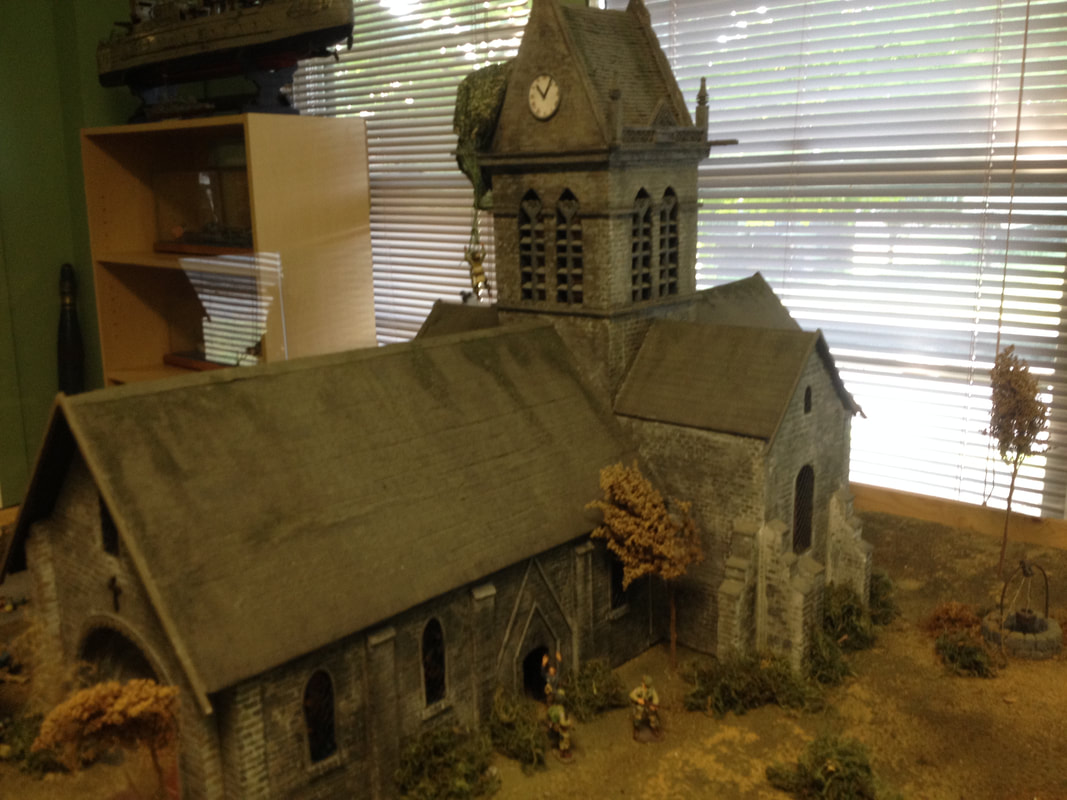
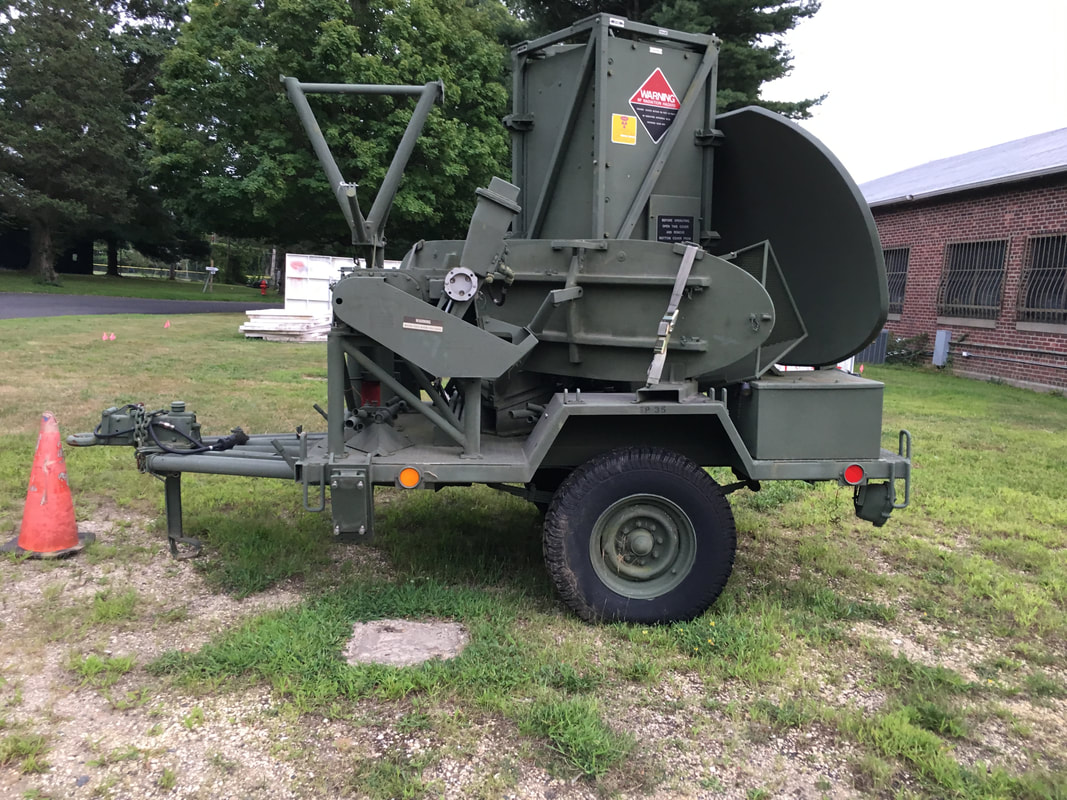
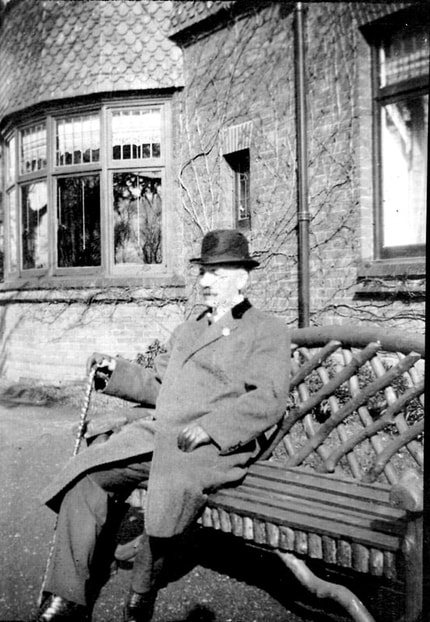
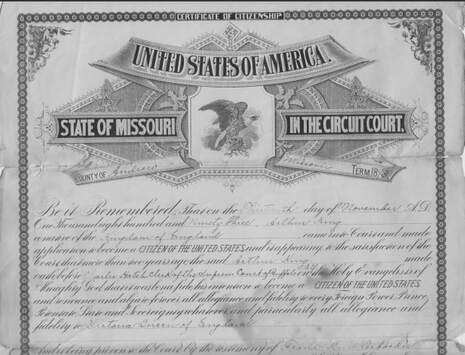

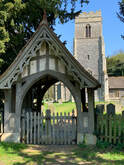
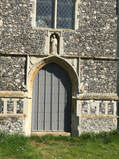
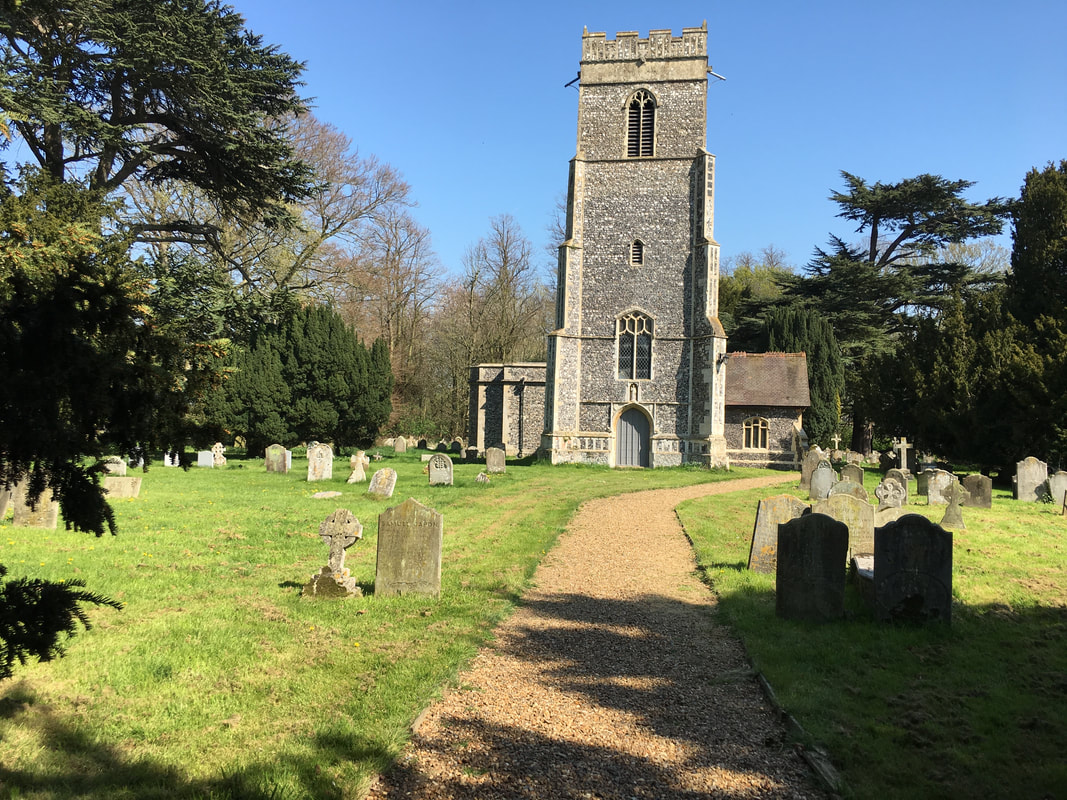

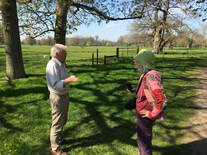
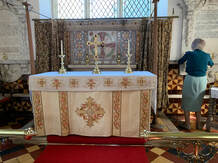
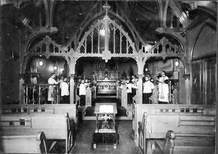


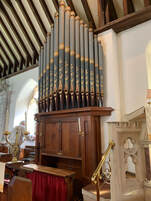
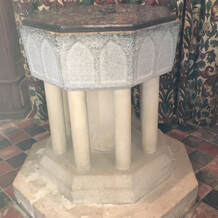
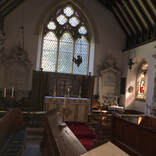
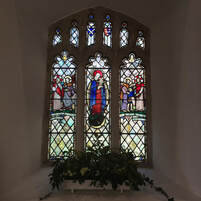
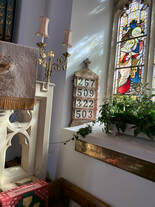
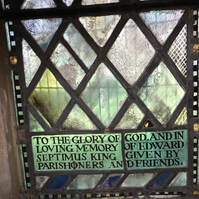
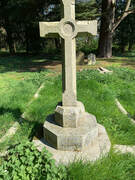
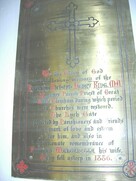
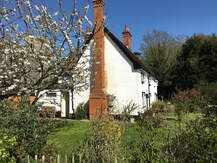
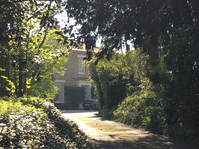
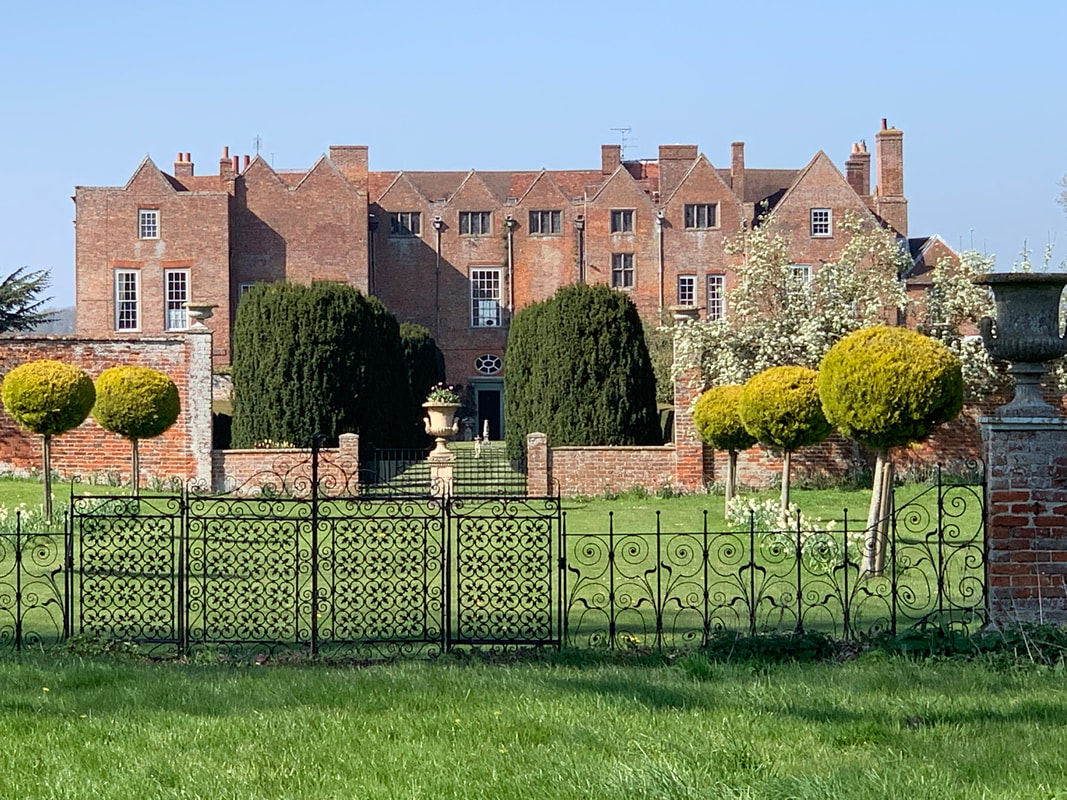
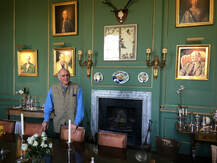

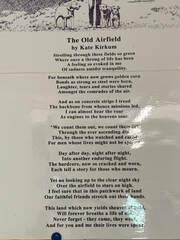
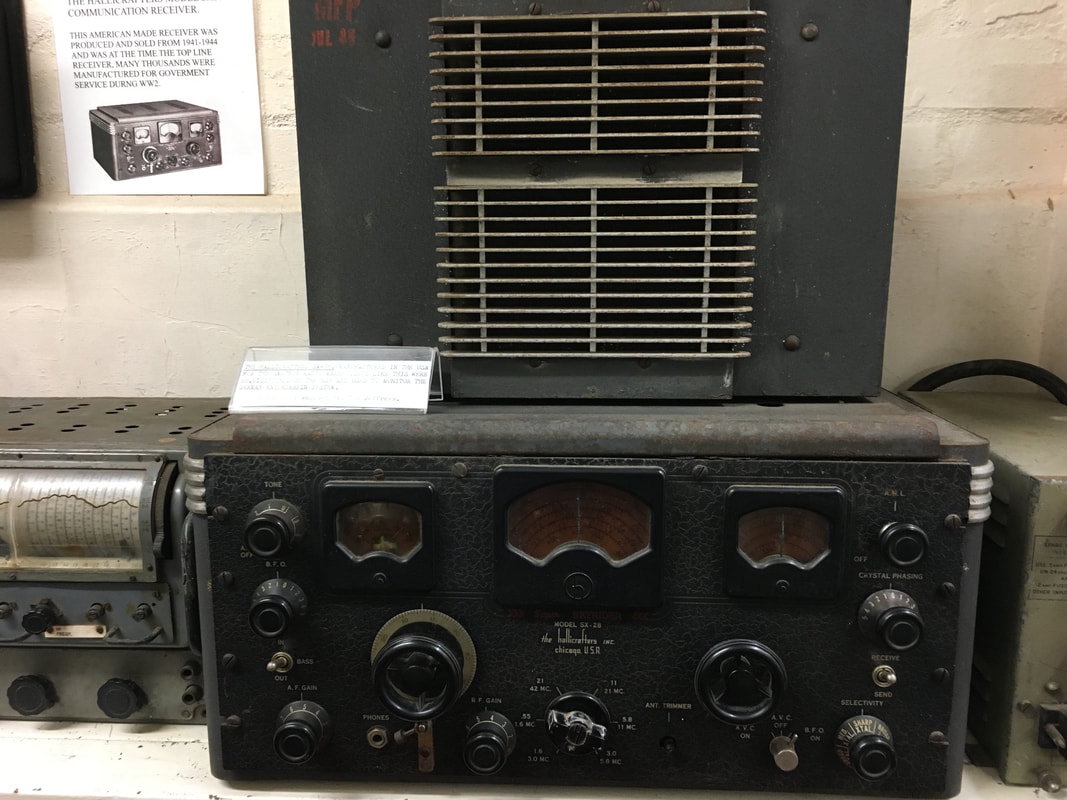
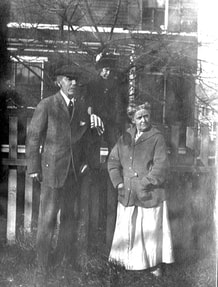
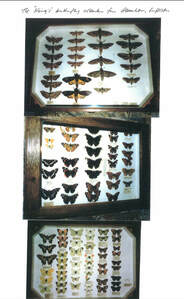
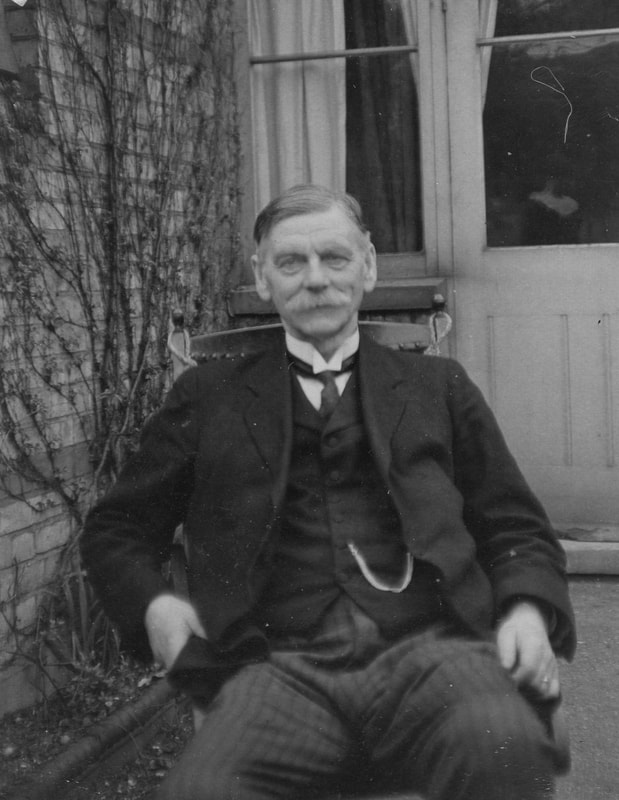
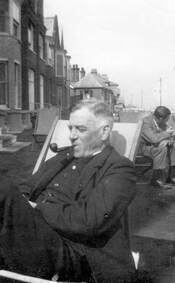
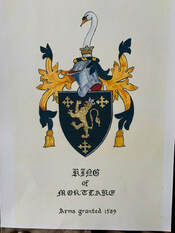
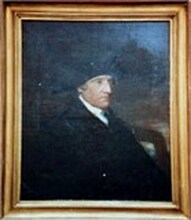
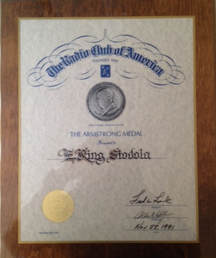
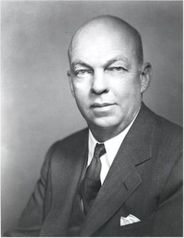

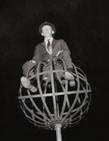

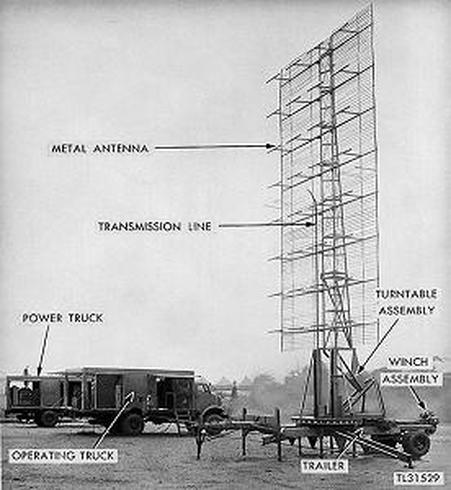
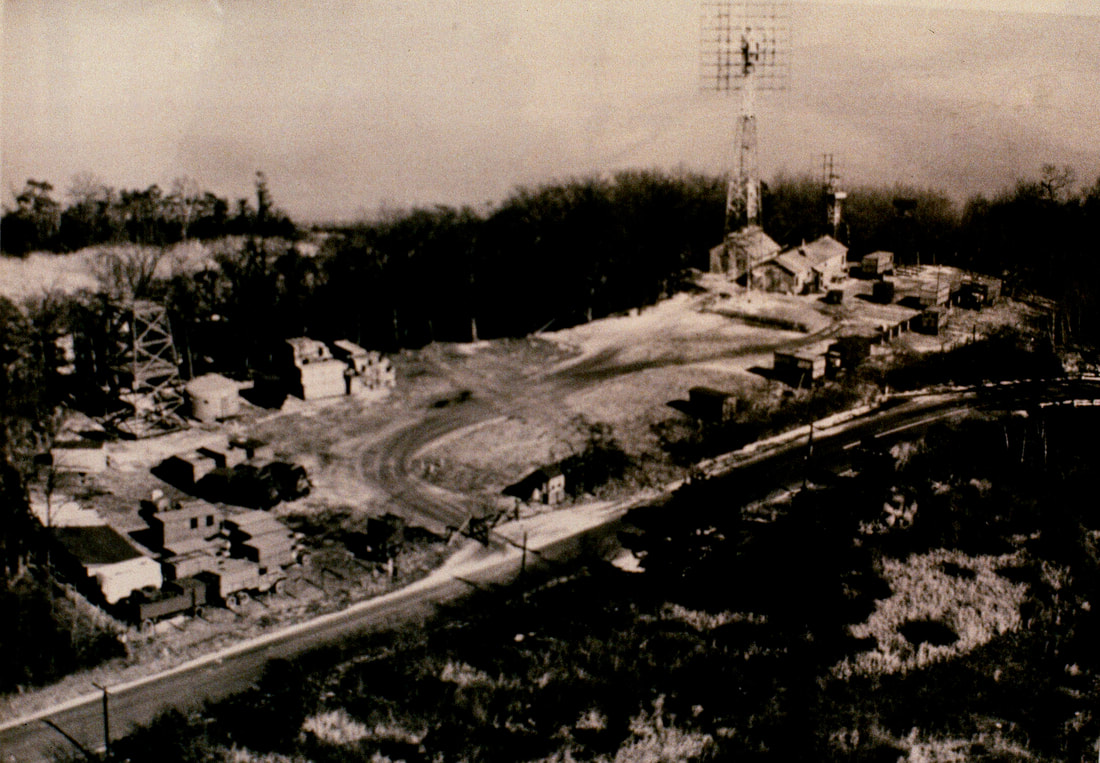
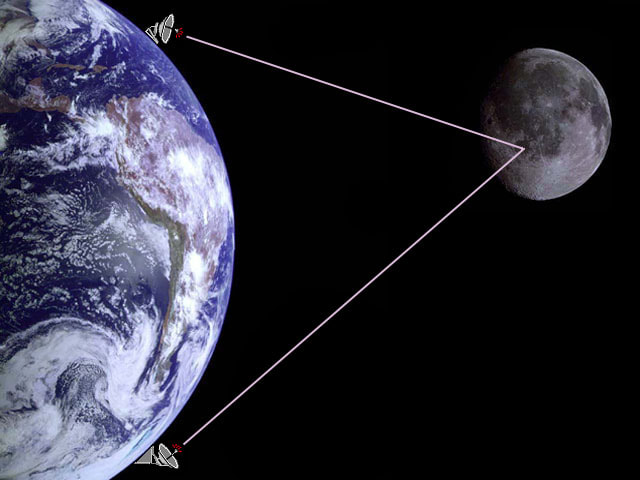
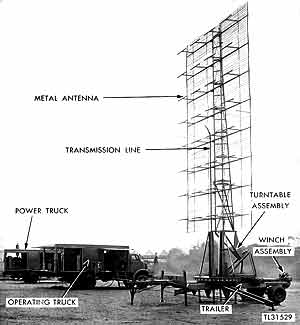


 RSS Feed
RSS Feed